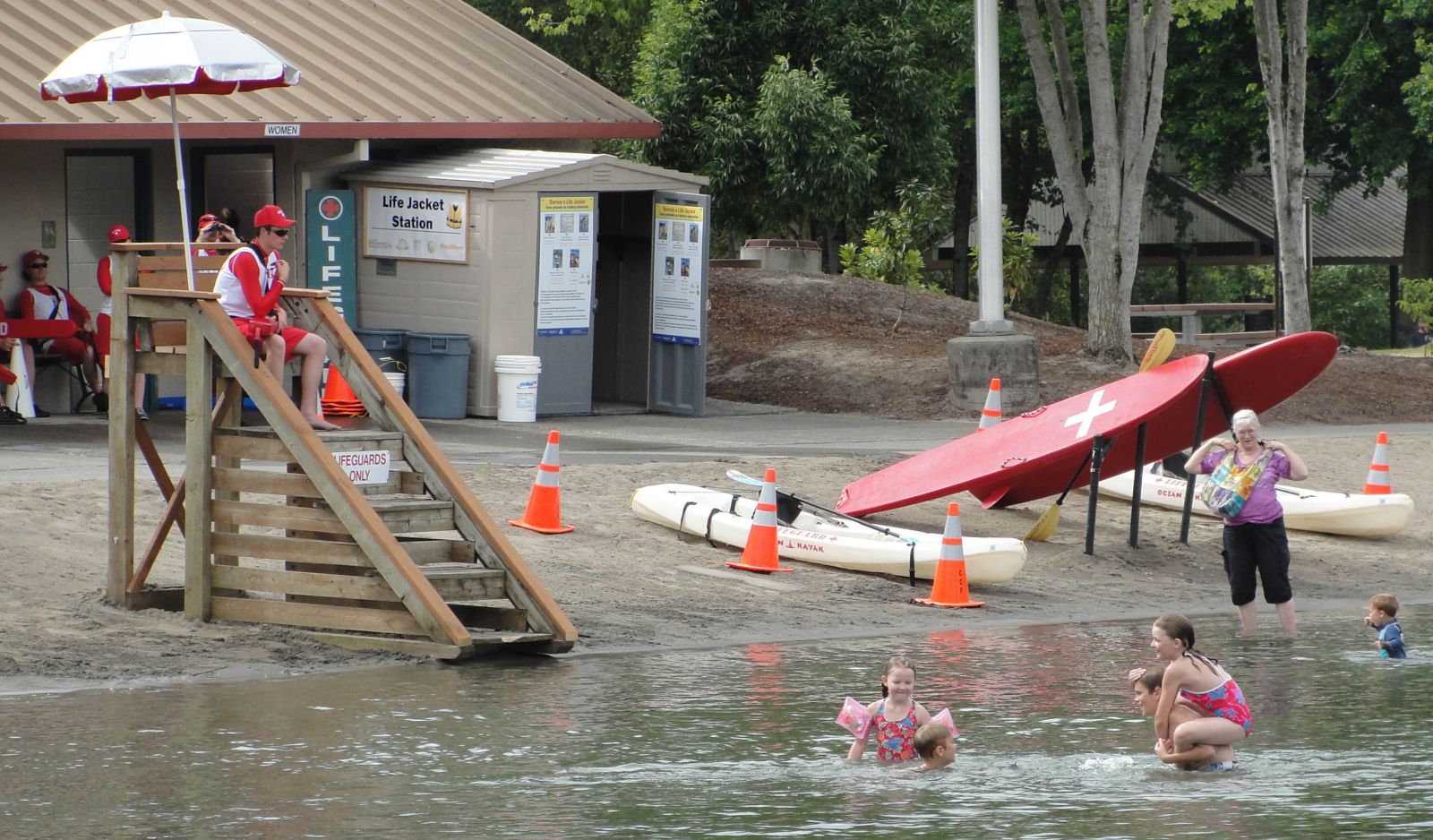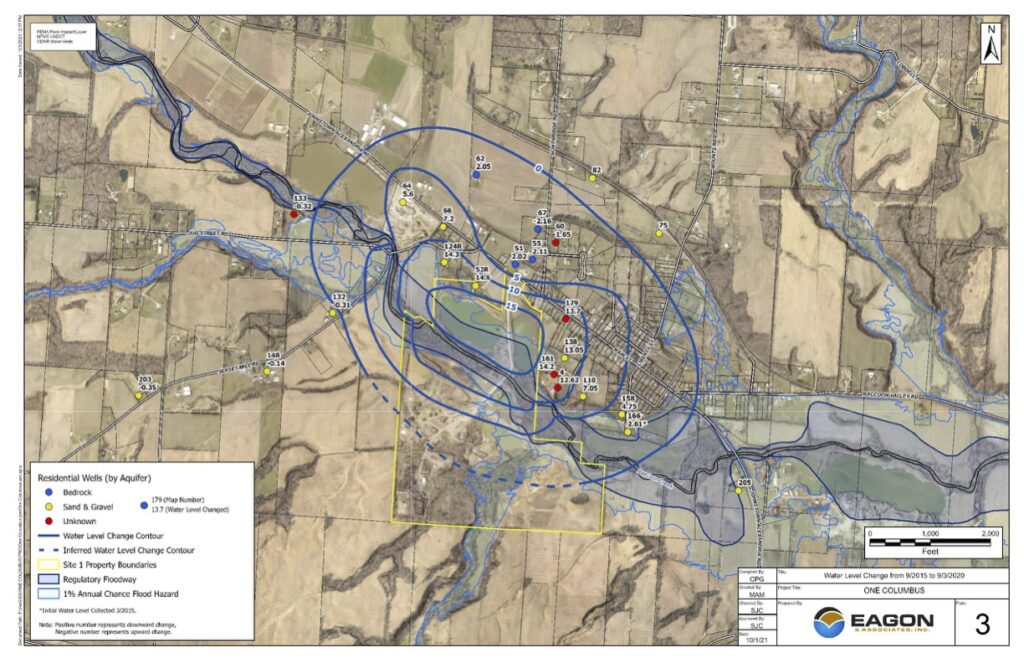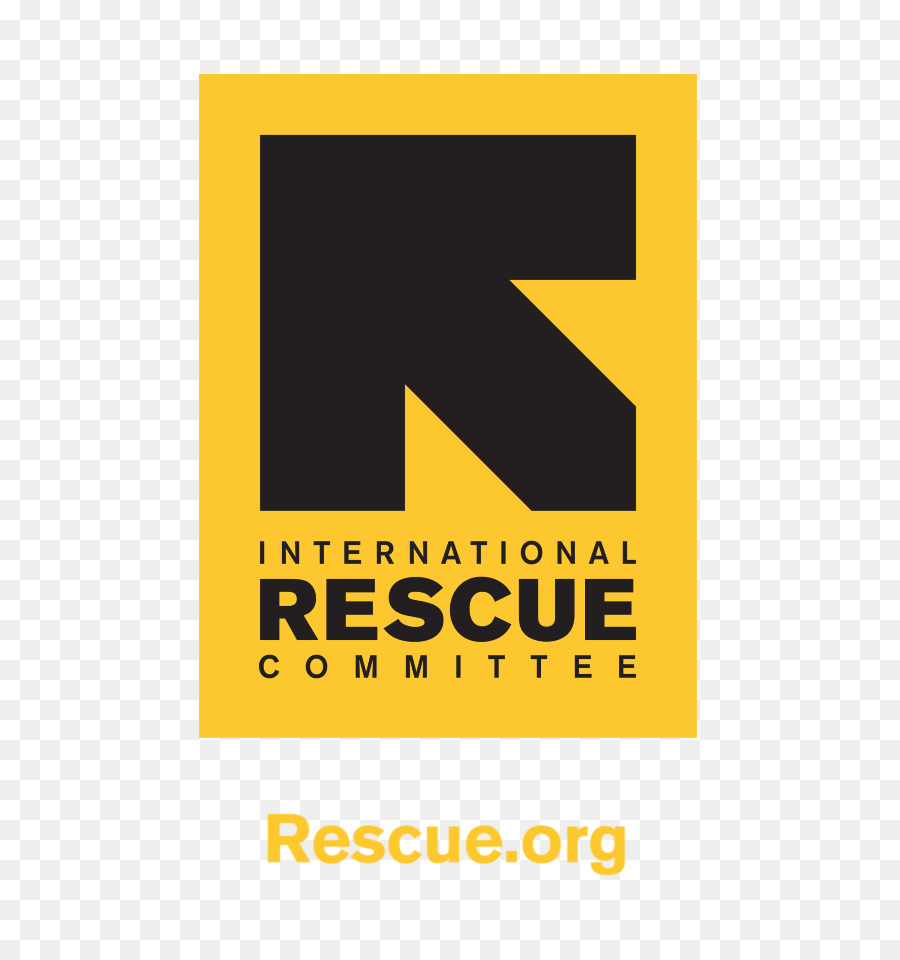
Waukesha’s Transition to Lake Michigan Water: A Historical Perspective
WAUKESHA – Water has long been an integral part of the history of Waukesha, as witness its nickname, “Spring City.” Now, with the city’s transition to Lake Michigan water happening on Monday, it’s time to take a look back at all the ways H2O has impacted the area.
Pre-Springs Era (1600s–1868)
Prior to the Springs Era, indigenous people lived in what is now Waukesha. According to the Encyclopedia of Milwaukee — a digital urban history encyclopedia created by the University of Wisconsin-Milwaukee — wars with the Iroquois Confederacy displaced members of the Potawatomi Tribe, bringing them to the area in the 1600s. Until the 19th century, the Potawatomi were the primary residents of what would become Waukesha County. A village of at least 1,000 people was built at the site of the future city of Waukesha. Other Potawatomi villages were constructed in Mukwonago, Pewaukee, and Muskego Lake.
- Indigenous people inhabited the area before the arrival of Europeans
- Potawatomi Tribe settled in Waukesha in the 1600s
- Population growth and establishment of villages
In 1833, almost all native land in the region was taken by the United States government under the Treaty of Chicago. By 1838, most indigenous people had left Waukesha County. Nonetheless, small Potawatomi groups returned to the area seasonally into the 1860s.
Europeans first began visiting the Waukesha area around 1804. Agriculture was a key factor in the county’s population growth. The Fox, Oconomowoc, and Bark Rivers saw many early settlements.
The Encyclopedia of Milwaukee also notes that in 1836, Byron Kilbourn planned a canal project, using the lakes of Waukesha County to connect Lake Michigan to the Rock River. He ultimately abandoned the project in 1848, without it ever leaving Milwaukee.
Railroads entered the area’s history around this time. In 1851, the Milwaukee and Mississippi Railroad reached Waukesha, with lines connecting to the western villages of the following year. Not only did the railways spur agricultural output, they transformed Waukesha into a tourism hub.
The Springs Era (1868–1918)
Local historian John Schoenknecht notes that prior to the Springs Era, most area residents dug wells in their yards to access drinking water. But drinking from Waukesha’s springs was popularized by Colonel Richard Dunbar.
Dunbar had been told by a doctor in New York that he should get his affairs in order, because he had an incurable case of diabetes. During that time, his mother-in-law died. So, in 1868, Dunbar headed to Waukesha, where his wife’s family was from.
His sister-in-law was giving him a tour of a horse pasture she had just purchased when Dunbar became thirsty. Dunbar’s sister-in-law instructed him to drink some water from a spring on the land. Resting under a large oak tree, Dunbar drank six glasses of spring water. Then, he drank six more.
The next day, Dunbar felt better. He drank even more water, then left Waukesha and returned home. Dunbar never died from diabetes like the New York doctor said he would.
The following year, Dunbar returned to Waukesha and bought the spring from which he drank and the surrounding land. He developed Bethesda Spring Park and began advertising the water as a medical cure. Thus, the Springs Era began.
- Colonel Richard Dunbar popularized drinking from Waukesha’s springs
- Development of Bethesda Spring Park
- Growth of tourism and construction of hotels
A number of hotels popped up to accommodate the growing tourism in Waukesha, and many of these hotels had springs associated with them. Schoenknecht says there were a few notable tourists during the Springs Era, including Mary Todd Lincoln, wife of President Abraham Lincoln, and United States Supreme Court Chief Justice Salmon Chase, both of whom visited in the 1870s.
It was during this time period that a municipal water system was developed. In 1886, area villagers voted to approve its creation. In 1887, Waukesha Water Works was born. The Great Water Alliance notes that a few years later, around 1890, the banks of the Fox River saw the construction of Waukesha’s first wastewater treatment facility. The plant was upgraded in 1917 to increase capacity and improve efficiency.
Waukesha gained regional, national, and even international recognition during the Springs Era, especially during the city’s water wars. Schoenknecht notes that the owners of the springs were known to fight amongst themselves, but the most significant dispute over the water happened between 1891 and 1893.
The water war began when, in 1891, Chicago financier James E. McElroy went to the county courthouse to file incorporation papers for the Waukesha Hygeia Mineral Spring Company and the Waukesha Pipeline Construction Company. McElroy wanted to build a pipeline from Waukesha to Chicago for the 1893 Columbian Exposition. He hoped to pump spring water from Waukesha to Chicago’s first world’s fair and sell the beverage for a penny a glass.
The most famous confrontation happened in 1893, when a trainload of workers came to Waukesha in the middle of the night to begin laying pipes through the city. As Schoenknecht explains it, local townspeople fought the workers off. In the end, a spring in Big Bend was used for the pipeline.
During this era, Waukesha’s population began to grow. And in 1896, the village officially became the city of Waukesha.
The Pure Food and Drug Act of 1906 put a damper on the many of the local business operations. Under the new law, the sale of misbranded or adulterated food and drugs was prohibited. So, Waukesha spring owners could no longer label bottles of water as cure-alls. The belief in the curative powers of Waukesha water fell away and, as all good things do, the Springs Era ended.
Schoenknecht notes that beyond the new legislation, United States involvement in World War I and the popularization of
SDGs, Targets, and Indicators
SDGs Addressed:
- SDG 6: Clean Water and Sanitation
- SDG 11: Sustainable Cities and Communities
Specific Targets:
- SDG 6.1: By 2030, achieve universal and equitable access to safe and affordable drinking water for all.
- SDG 6.3: By 2030, improve water quality by reducing pollution, eliminating dumping and minimizing release of hazardous chemicals and materials, halving the proportion of untreated wastewater, and increasing recycling and safe reuse globally.
- SDG 11.1: By 2030, ensure access for all to adequate, safe, and affordable housing and basic services and upgrade slums.
Indicators:
- Indicator 6.1.1: Proportion of population using safely managed drinking water services.
- Indicator 6.3.2: Proportion of bodies of water with good ambient water quality.
- Indicator 11.1.1: Proportion of urban population living in slums, informal settlements, or inadequate housing.
Analysis:
The issues highlighted in the article are connected to SDG 6 (Clean Water and Sanitation) and SDG 11 (Sustainable Cities and Communities). The article discusses the history of water sources in Waukesha and the transition to Lake Michigan water. This transition is related to ensuring access to safe and affordable drinking water (SDG 6.1) and improving water quality by reducing pollution and untreated wastewater (SDG 6.3). The article also mentions the development of a municipal water system and the construction of a wastewater treatment facility, which are relevant to SDG 11.1 in terms of providing adequate and safe basic services.
Based on the article’s content, the specific targets that can be identified are SDG 6.1, SDG 6.3, and SDG 11.1. These targets focus on achieving universal access to safe drinking water, improving water quality, and ensuring access to adequate and safe housing and basic services.
The article mentions indicators that can be used to measure progress towards the identified targets. Indicator 6.1.1 measures the proportion of the population using safely managed drinking water services, indicating progress towards SDG 6.1. Indicator 6.3.2 measures the proportion of bodies of water with good ambient water quality, indicating progress towards SDG 6.3. Indicator 11.1.1 measures the proportion of the urban population living in slums or inadequate housing, indicating progress towards SDG 11.1.
Table: SDGs, Targets, and Indicators
| SDGs | Targets | Indicators |
|---|---|---|
| SDG 6: Clean Water and Sanitation | SDG 6.1: By 2030, achieve universal and equitable access to safe and affordable drinking water for all. | Indicator 6.1.1: Proportion of population using safely managed drinking water services. |
| SDG 6: Clean Water and Sanitation | SDG 6.3: By 2030, improve water quality by reducing pollution, eliminating dumping and minimizing release of hazardous chemicals and materials, halving the proportion of untreated wastewater, and increasing recycling and safe reuse globally. | Indicator 6.3.2: Proportion of bodies of water with good ambient water quality. |
| SDG 11: Sustainable Cities and Communities | SDG 11.1: By 2030, ensure access for all to adequate, safe, and affordable housing and basic services and upgrade slums. | Indicator 11.1.1: Proportion of urban population living in slums, informal settlements, or inadequate housing. |
Behold! This splendid article springs forth from the wellspring of knowledge, shaped by a wondrous proprietary AI technology that delved into a vast ocean of data, illuminating the path towards the Sustainable Development Goals. Remember that all rights are reserved by SDG Investors LLC, empowering us to champion progress together.
Source: gmtoday.com

Join us, as fellow seekers of change, on a transformative journey at https://sdgtalks.ai/welcome, where you can become a member and actively contribute to shaping a brighter future.






